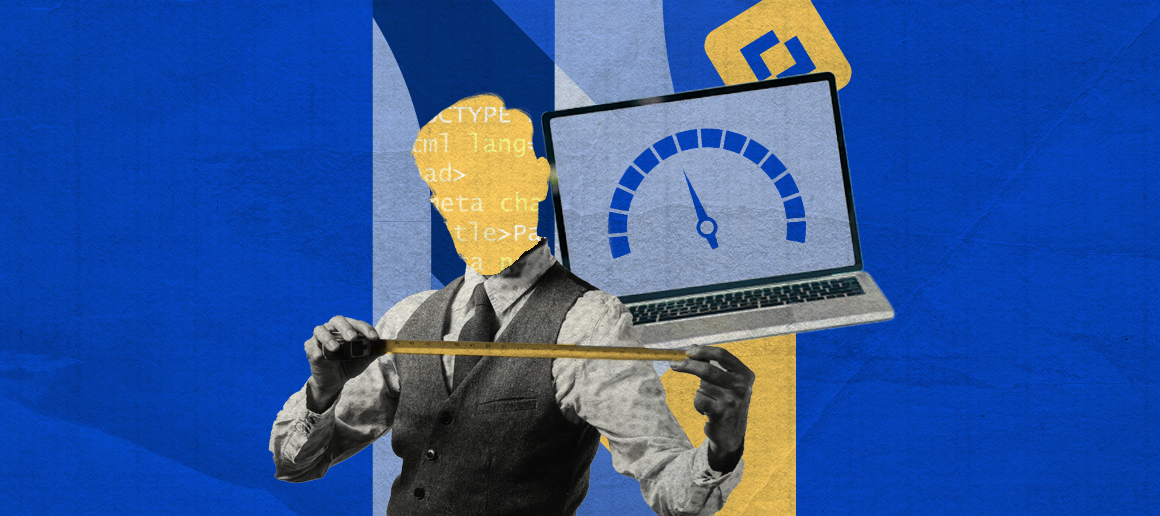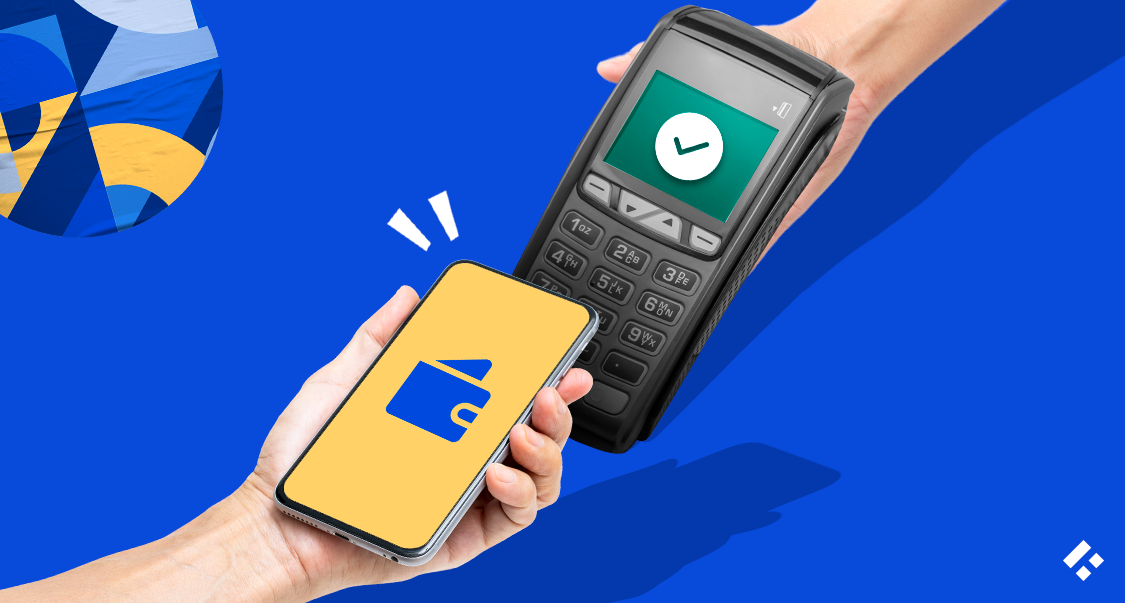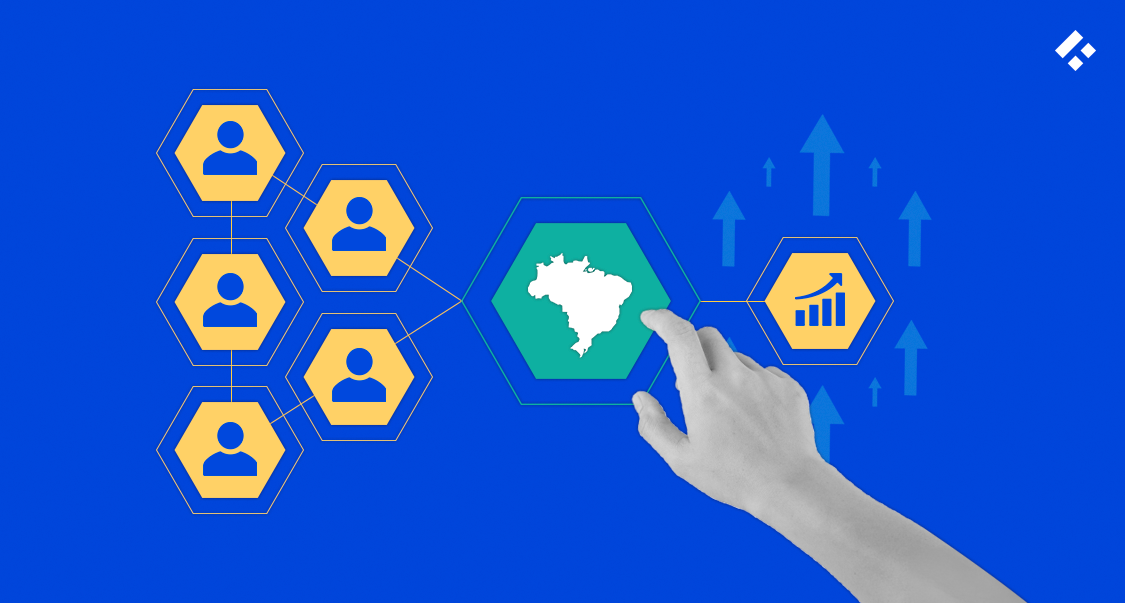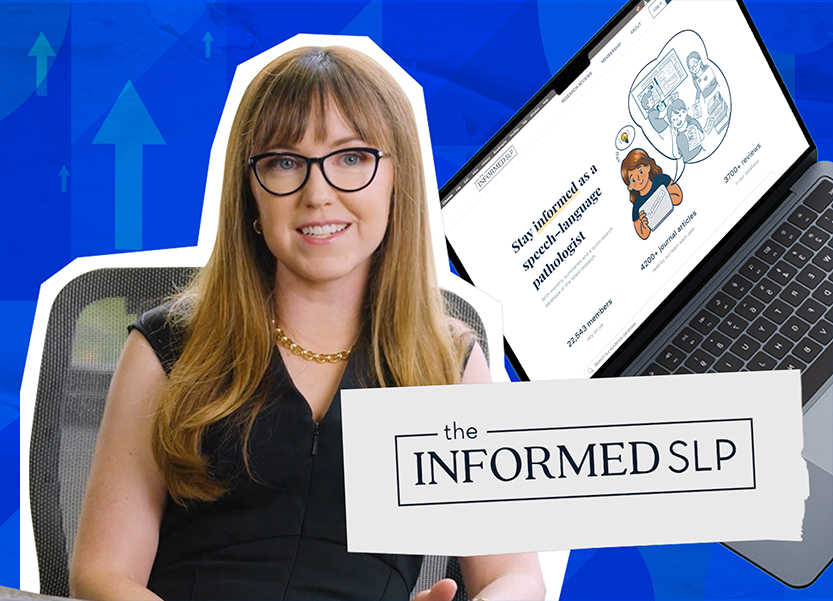Python is known as a versatile, general-purpose programming language. It is an open-source high-level language that’s easy to learn due to its use of plain English syntax. Due to numerous advantages (that we’ll address later), the multi-paradigm programming language lends itself well to varied use cases.
From its initial days in 2000, Python 2 came a long way from being a new kid on the block to becoming a favorite of programmers. With Python 2.7 being the last major upgrade back in 2010, Python 2’s end-of-life date was January 1, 2020.
Python 3 was released as an upgrade to Python 2 in 2008 and the two versions co-existed for around a decade. Today, Python 3 is used by 95% of Python developers. If you’re in the market for Python developers, you might favor Python 3 over Python 2.
But, what exactly is the debate when it comes to Python 2 vs. Python 3? And is Python 2 still relevant? Read on and you might be surprised by the answer.
Are you ready to start your development project?
We have the developers you need to take your development project in the right direction.
Companies are proven to grow their business faster with Trio.
What Is Python 2?
Python 2.0 was meant to bring more inclusivity and coding literacy to the masses. Before its release in 2010, Python was largely supported by its creator Guido van Rossum who developed the original version of the language in 1991.
With Python 2, Rossum opened up Python’s development and improvement to the larger developer community. As the community contributed to future releases and improved upon its codebase, Python 2 grew to become one of the most commonly used languages in the world.
Python 2 took the language’s original objective of spreading coding literacy to another level due to its array of improvements over previous versions.
It has also played a major role in the development of languages like Perl and Ruby and is used by organizations like Netflix, Spotify, Reddit, Uber, and Instagram today.
What Is Python 3?
Python 3 was released in 2008. It sought to improve upon Python 2 without making radical changes with a new 2.x release. Hence, Python 3 came about as a separate branch of the overall Python ecosystem. By design, Python 3 is backward incompatible with Python 2.
The user base of Python is split between Python 2 and 3 depending on differences in use cases and their willingness to undertake complex migrations.
From web development and computer graphics to machine learning and data analytics, the two versions of Python were suited to different use cases. Even now, Python 2 is preferred over Python 3 when coding for computer graphics, games, and mobile development.
Although some features of Python 3 have been brought over to Python 2 to facilitate easy migration to Python 3, the process still requires considerable effort.
What Are the Differences Between Python 2 and Python 3?
With Python 3 being such a major departure from Python 2, there are bound to be major differences between the two versions.
- Backwards compatibility: While Python 2 code can be ported to Python 3 with some effort, Python 3 is not backwards compatible with Python 2.
- Syntax: Python 2 has a more complicated syntax and is more difficult to understand compared to Python 3, though the syntaxes are similar.
- Modern usage: Python 2’s usage has virtually ceased while Python 3 is more popular than ever and is used by 95% of Python developers.
- Application: Python 2 is preferred for select use cases like mobile development and computer graphics while for everything else, Python 3 is still the version of choice.
- ‘Print’: While Python 2 considered ‘print’ a statement, Python 3 considers it a function.
- Storage of strings: Python 2 stores strings in ASCII by default while Python 3 stores them in Unicode.
- Integer division: Python 2 delivers an integral value when dividing integers whereas Python 3 delivers floating-point values,(e.g., 9 divided by 4 will yield 2 in Python 2 but 2.5 in Python 3).
- Exceptions: Python 2 encloses exceptions in notations whereas Python 3 encloses them in parentheses.
- Variable leakage: Variables are mutable in Python 2 (e.g., when used inside a for-loop). But in Python 3, variable values are not changeable.
- Iteration: In Python 2, the xrange() function is used for iterations but in Python 3, the new function Range() is used instead.
Why Move To Python 3?
Python 2.7, released in 2010, didn’t see any successor, and support for Python 2 was scheduled to end on January 1, 2020. That date has come and gone, and with it, Python 2 has officially become obsolete.
So, as an enterprise, should you move to Python 3? Yes, absolutely.
Python 3 is the modern version of the language and apart from enjoying the variety of benefits listed before, it’s the more secure and up-to-date version. If you’re still running Python 2, your systems are prone to security issues and bugs.
Python 3 also has a much larger community that regularly fixes bugs and works on newer releases to improve the functionality and stability of its codebase. You get access to better performance and always-updated features.
Python 3 was developed as a more readable and easier-to-comprehend version of the language.
Why Stay With Python 2?
While Python 2 is obsolete now and poses security and stability concerns if you’re still running it on your systems, there might still be a reason to stay with it.
Many companies have applications written in Python 2 and don’t want to migrate to Python 3 for fear of breaking the applications. Migration does tend to be an effort-heavy task and requires not just time but also a significant monetary investment.
Maintaining such legacy applications means retention of Python 2 code alongside efforts to adopt Python 3 for newer development tasks.
Which Version Is Better: Python 2 or Python 3?
After going over the differences between the two versions of Python and the reasons to ‘stay or move’, one could wonder which one is the better version.
Advantages of Python 3
Python 3, by all means, is the better version of the two. The Python 2 vs. Python 3 debate doesn’t really hold water owing to the vast improvements Python 3 has over Python 2.
In addition to performance, syntax, and all other quality-of-life improvements, Python 3 is also the better option in terms of security and reliability. The ever-growing Python 3 community ensures bugs are readily fixed and newer features are introduced regularly.
Advantages of Python 2
Python 2 does lend itself better in some use cases, as we discussed above. If you’re working with computer graphics, games, or mobile development, it’s worth checking out Python 2.
For developers, perhaps the only other reason to learn or work with Python 2 is to get skilled in Python 3 migration. Moreover, companies require Python 2 developers for maintaining legacy Python 2 code.

Elevate Your Team with Trio AI Talent
Empower Your Projects with Trio’s Elite Tech Teams
How To Choose the Best Python Version To Use?
Python 3 might be the better version, objectively, but you still need to evaluate your needs and choose the best Python version for your project.
If you’re a fairly new organization, chances are that you’re not using Python 2. In that case, there’s fairly no reason to consider Python 2 unless you’re working with specific libraries that aren’t yet compatible with Python 3.
If you do have legacy Python 2 applications and don’t want to migrate to Python 3 yet, you can retain Python 2 and leverage developers for maintaining your codebase. But it’s recommended that you plan for migration to Python 3 as soon as possible. Also, try to choose Python 3 for all new development projects.
Regardless of your Python version, you’ll need to hire Python developers for development, migration, or simply maintenance projects.
Trio can help you hire world-class Python developers without investing thousands into a lengthy recruitment cycle.
When you partner with Trio, you don’t have to incur hiring costs, which can amount to a considerable percentage of a developer’s annual salary. Trio developers are well-trained, driven, and committed to the long run.
Moreover, you don’t need to handle HR functions like payroll, benefits, and compliance. Trio takes care of all of that for you.
Conclusion
Python is easy to pick up and learn, which also leads to a vast number of Python developers vying for in-demand Python roles. You need to thoroughly vet and interview the candidate pool to hire the right developers for your project. And that can sometimes take months.
Trio offers you plug-and-play recruitment and connects you with verified and senior Python developers from around the world. Contact us today to learn more about how we can help scale your next project to new heights.







